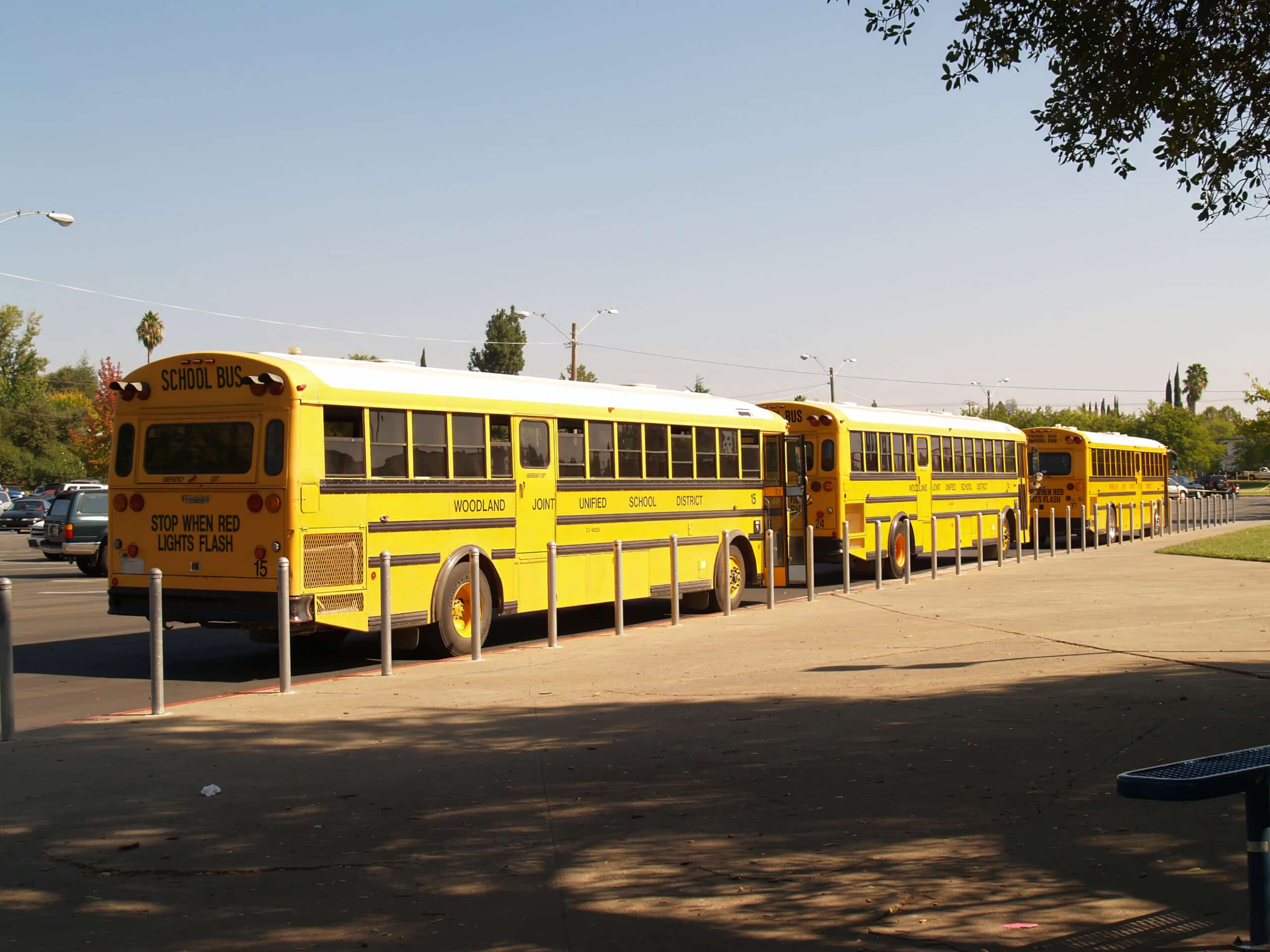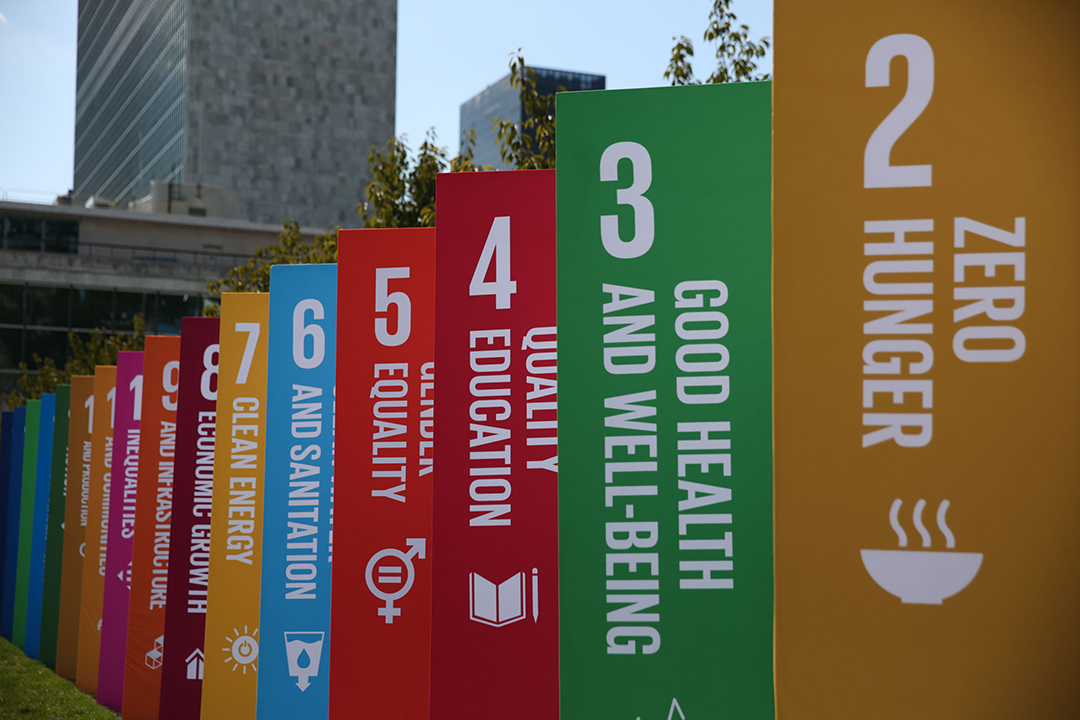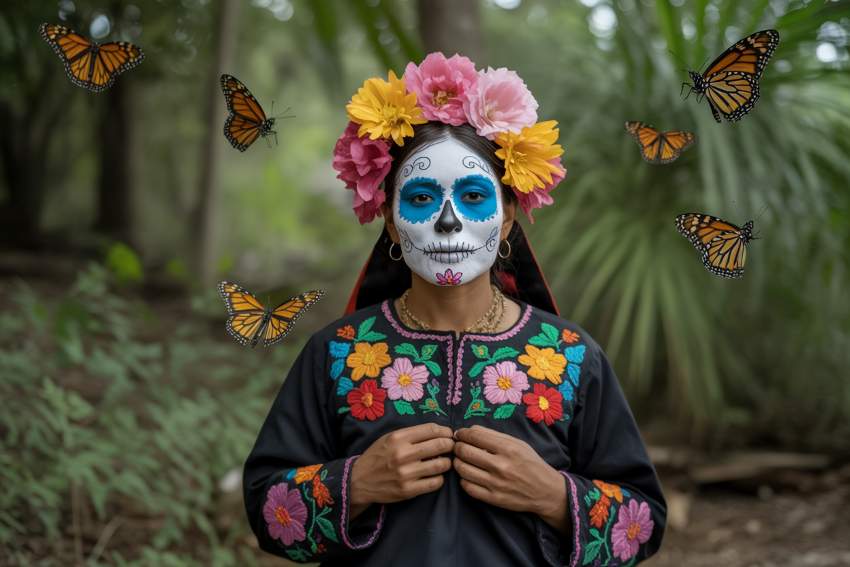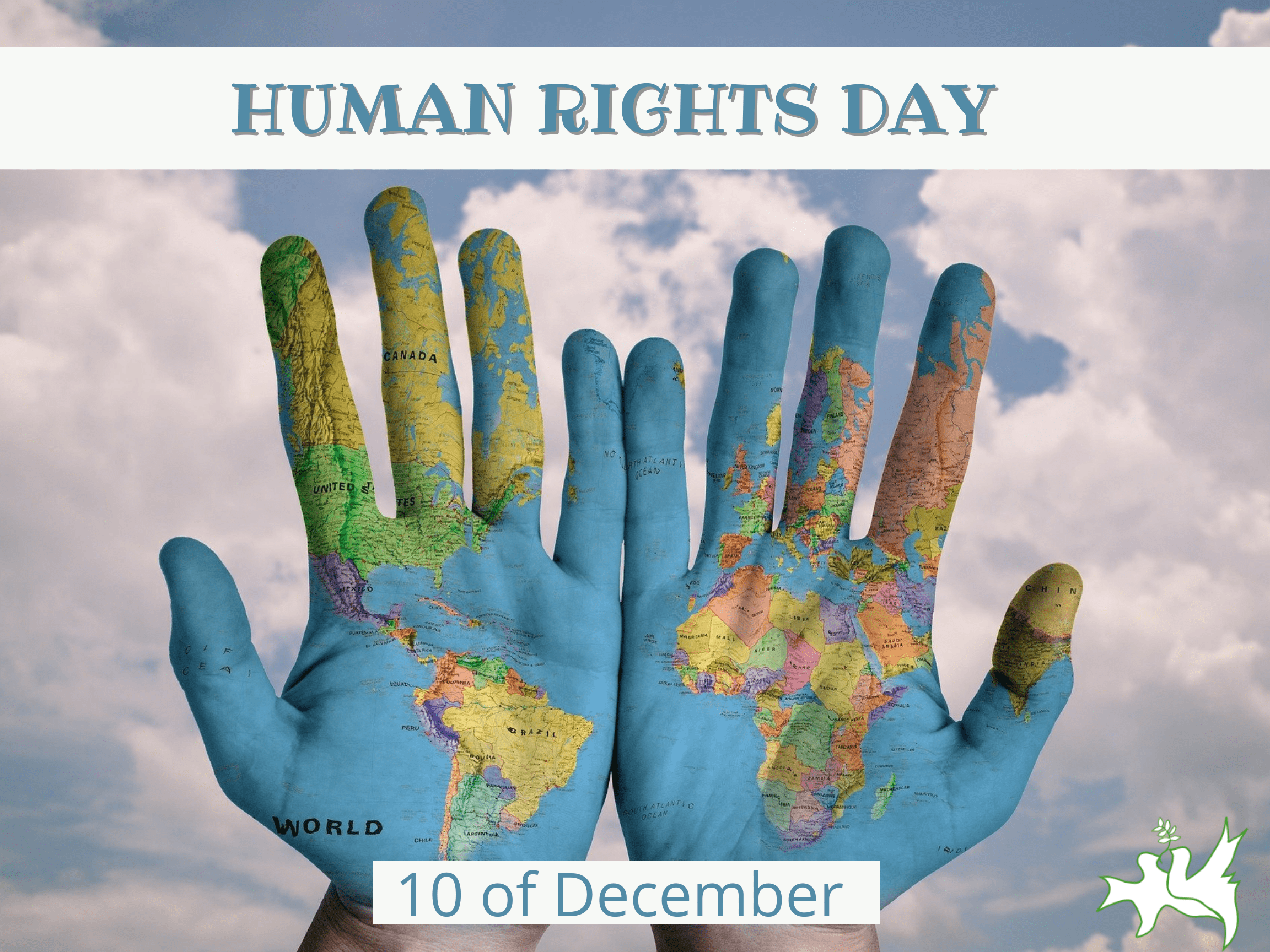Interview: UIA, Sustainable Architecture & COP28
This interview has been answered by three members of the International Union of Architects (UIA) team: Dr. Iman O. Gawad, Professor of Sustainable Architecture, Fine Arts Faculty, Helwan University, Cairo, Egypt. Cid Blanco, Co-Director of the UIA Commission on the UN Sustainable Development Goals. Gaetan Siew, Founding Partner, Visio Architects, and UIA Ambassador to COP28.
1. Tell us about the mission of the UIA Delegation to COP28
The mission of the UIA Delegation to COP28 in Dubai is to represent architects in global climate discourse, ensuring architectural practices are central to climate mitigation strategies, to foster partnerships that prioritize sustainable urban environments in climate policy, and to showcase innovative design strategies that reduce carbon footprints and enhance resilience to climate change.
2. Tell us about sustainable architecture and the nexus between architecture and the United Nations' 17 Sustainable Development Goals (SDGs).
Architecture is directly connected with most of the SDGs since a lot of actions happen in buildings and projects developed by architects. It’s also important to mention that buildings contribute up to 80% of CO2 emissions, so developing a sustainable architecture is critical, not only to achieving SDG11 by creating resilient, inclusive, and energy-efficient urban spaces but also to fight climate change (SDG 13). This can be done through building design, influencing energy use (SDG7), economic growth (SDG8), and innovation (SDG9), among others.
3. What are the best practices and projects in architecture that contribute to achieving SDG numbers 11 and 12?
Some of the best practices and projects regarding the achievement of SDGs 11 and 13 are related to improving access to adequate housing for people using green construction principles, increasing the number of landmark projects for green living spaces, talking about tropical architecture, and stimulating community-centric designs that prioritize public transit accessibility and pedestrian-friendly spaces.
4. What are the core promises of the United Nations SDGs, “Leave No One Behind,” and how can architecture embrace and implement inclusive design, planning, and construction practices, thereby contributing to creating an architecture for all?
Leave No One Behind is not a promise; it is a statement and can be achieved through design principles that ensure access for all and ensuring access to differently abled individuals, and affordability, always with participatory design processes that engage local communities in shaping their environments.
5. Tell us about how architecture is integrating renewable energies into newly built structures
There are so many ways to show how architecture is integrating renewable energy. I would like to highlight the use of photovoltaic facades, green roofs, and passive solar design. There are many high-tech options, but it can also be done through tropical design and opening windows. Every day, new smart building technologies are developed and allow us to optimize even more energy consumption and support grid sustainability.
6. How did you get involved with Climate Heritage Network?
Architecture is about problem solving, and climate change is by far the most complex problem, impacting our livelihoods and, directly, cities and buildings. So, architects have a natural role in tackling this issue in their everyday designs. For the UIA, engaged in policy, we are interested in enabling architects to address such issues.
The first practical interaction between the UIA and the CHN was last year in the COP27, Sharm Elsheikh, Egypt, and we extended it to the COP28 this year.
7. The Climate Heritage Network’s new Group of Friends of Culture-Based Climate Action at the UNFCCC, which the government of the United Arab Emirates proposes to launch at a High-Level Ministerial Dialogue on Culture-Based Climate Action to be held on 8 December at COP28 in Dubai is focused on strengthening political momentum for an effective, coherent, and coordinated action to support and advocate for culture and heritage-based climate action as well as for the protection of culture and heritage from climate impacts. How will you support the Friends of the Group of Friends Initiative?
UIA will support this initiative by committing to advancing the recognition of cultural heritage in climate action, advocating for policies that protect heritage sites from climate risks, and promoting their role in education and awareness, especially connecting the initiative with UNESCO on this specific issue.
8. Will you attend in person the 8 December ministerial at the UNFCCC COP28?
Yes, for sure.
9. Any message you would like to share
We are all living in a moment where a call for immediate, actionable commitments from all sectors to integrate sustainable design in urban development is needed. I would like to emphasize the urgency of adopting sustainable practices in architecture to meet climate goals and ensure a livable future for all, with particular attention to the African continent and its survival necessity to face Climate Change.
BY SELVA OZELLI, JD, LAW · 12·04·23 · LAST UPDATED: 12·04·23
What is Your Reaction?
 Like
0
Like
0
 Dislike
0
Dislike
0
 Love
0
Love
0
 Funny
0
Funny
0
 Angry
0
Angry
0
 Sad
0
Sad
0
 Wow
0
Wow
0








































































